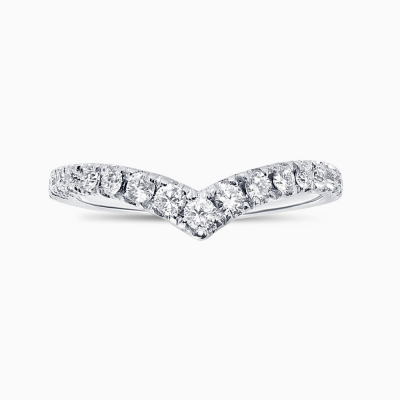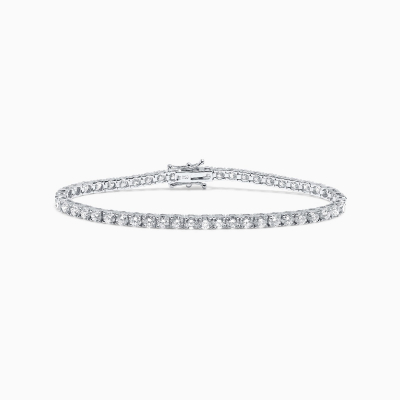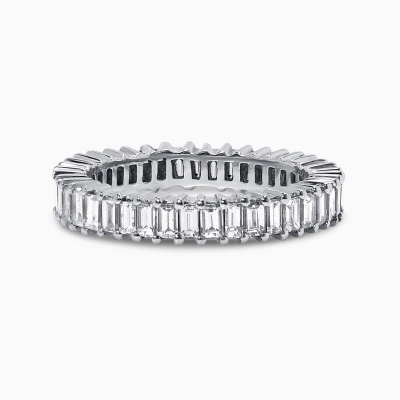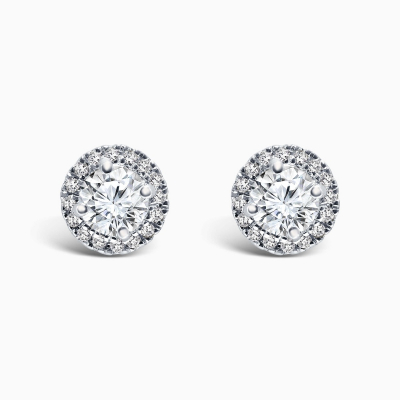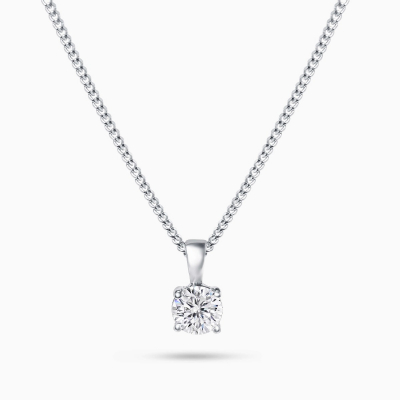GBP
/
GBP
/
Shipping to:
Currency:
CLARITY ENHANCEMENT AND FRACTURE FILLED DIAMONDS - TREATED DIAMONDS
Clarity enhancement relates to the process whereby specialists have attempted to restore and enhance the defected diamond and they have done so by filling the cracks or fractures. Zvi Yehuda, an Israeli diamond cutter, developed this process in 1982 and it helps to boost the brilliance of the diamond in question. Clarity enhancement is a treatment applied to diamonds to improve their visual appearance by reducing the visibility of internal imperfections. One common method involves filling surface-reaching fractures or cavities with a substance that has a similar refractive index to diamond. This substance can be glass, resin, or another material. The purpose is to make the fractures less visible, thus enhancing the overall clarity of the diamond.
This process only works on diamonds that have small cracks. It can improve the clarity grading by one grade and it won’t impact other elements of the stone, such as the weight or the colour. You can spot a fracture filled diamond with ease. Simply grab a microscope and shake the stone from side to side. If you see the colour span from a purple to a yellowy shade, you know it has been tampered with.
DIAMOND FRACTURE FILLING - TREATED DIAMONDS
Fracture filling is a process that makes diamonds with a lower-clarity grading, typically between I1 – I3, more attractive and consequently increases the chances of a sale. The process uses bismuth, which is a glass-like material. It fills in fractures without adding barely any weight to the diamond. Also, bismuth boasts a lot of qualities that are similar to diamonds, including the speed at which light enters and exits the material.
So, how is a fracture filled diamond created? Both the bismuth and the diamond are put together in a vacuum. The material is infused into the fractures of the diamond as a result of high pressure and heat. This causes the clarity grading of the diamond to improve by one or two grades to the naked eye. This is not a permanent process, as exposure to acid or very high heat can reverse it. It is also important to note that this treatment will impact the colour of the diamond, often reducing the grading by anything from a half to two full grades.
Of course, there are pros and cons associated with a fracture filled diamond. Some people believe it is a great way to benefit from a diamond that seems of a good clarity grading without spending a lot of money. Others view the fact that the process alters colour and is not permanent as real issues.
DIAMOND HEATING - TREATED DIAMONDS
Heating is a technique that can be used on most gemstones, not only diamonds, to improve the appearance of them. For example, the blue colour of a sapphire can be intensified due to heating, while a more pure red colour can be achieved in a ruby, as heating removes the purplish colouration of the gemstone.
Heating is used in virtually all techniques to help deal with any fractures or clarity issues within a diamond. Not only this, but any brownish colouration in gemstones can be lessened or removed altogether if the diamond is heated in high temperatures and pressures.
DIAMOND LASER DRILLING - TREATED DIAMONDS
Laser drilling is another option jewellers have at their disposal when dealing with low clarity graded diamonds. The procedure involves drilling tiny, tiny holes into the diamond using a laser. These holes are drilled all the way from the surface to the inclusion inside. The channel that is created is then dissolved with acid or melted with heat in order to get rid of the inclusion. This process tends to be used to remove black spots and other obvious inclusions. You can expect this process to increase the clarity of the diamond by one grade.
There are some things you do need to bear in mind when it comes to laser drilling, and this includes the fact that it can be detrimental to durability, as the tiny channels will weaken the structure of the diamond. Where the removed inclusion was, there will now be an empty space.







